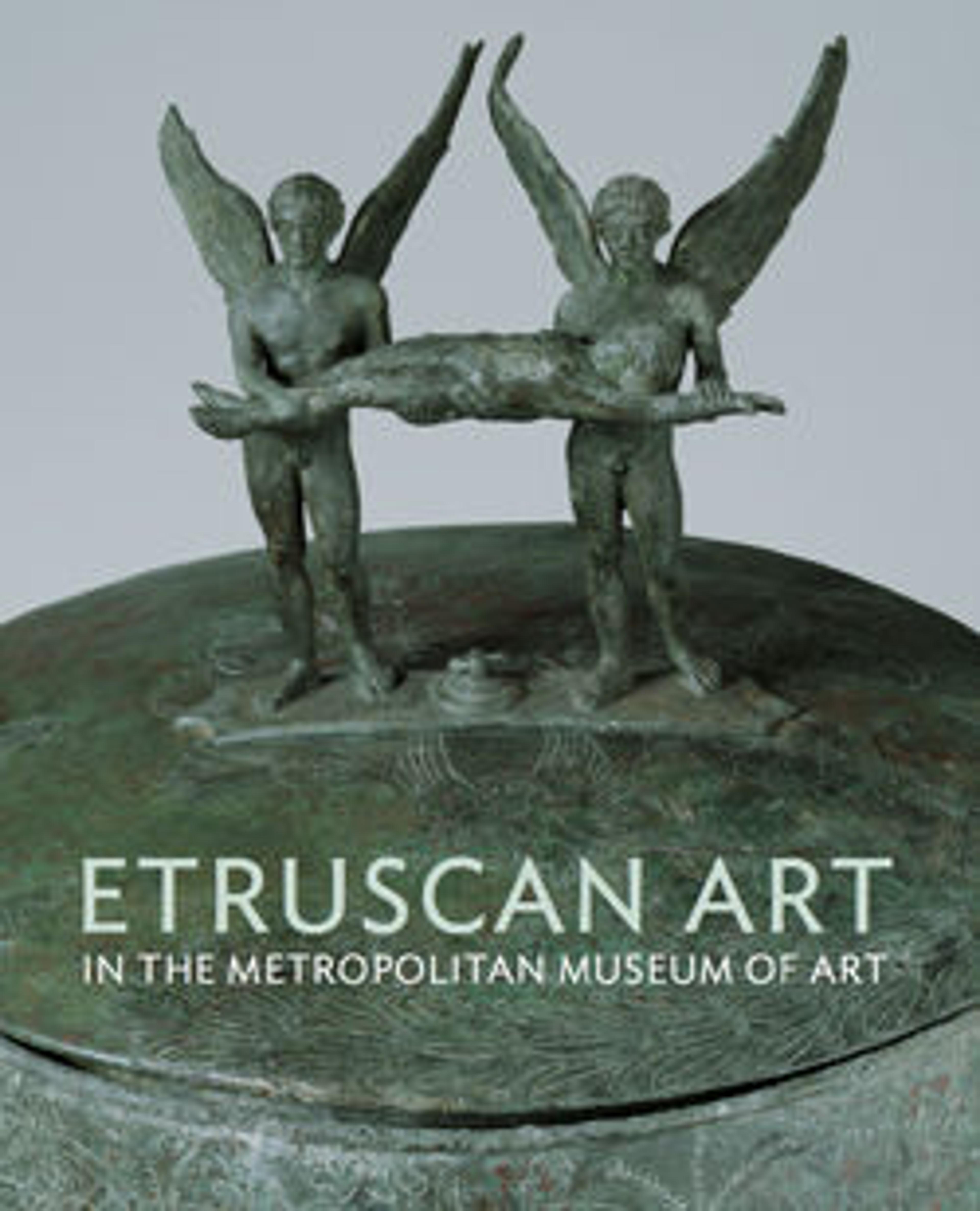Limestone cippus base
A cippus is a large stone marker used by the Etruscans to establish a boundary or, more commonly, to mark the location of a tomb. The Etruscans produced several types of cippi. This example, the only one in the Museum's collection, is a cubic block that originally would have supported a large spherical, onion-shaped, or pointed stone. Each side of the block is carved with an identical scene showing symmetrically disposed horsemen. These almost certainly represent the twin gods, Castur and Pultuce (Roman: Castor and Pollux), among the most popular deities worshiped by the Etruscans. This type of cippus is closely associated with Chiusi, an important city in Central Italy.
Artwork Details
- Title:Limestone cippus base
- Period:late Archaic-Classical
- Date:ca. 500–450 BCE
- Culture:Etruscan, probably Chiusine
- Medium:Limestone
- Dimensions:H.: 14 1/8 in. (35.9 cm)
Other: 19 7/8 in. (50.5 cm) - Classification:Stone Sculpture
- Credit Line:Fletcher Fund, 1925
- Object Number:25.78.28
- Curatorial Department: Greek and Roman Art
More Artwork
Research Resources
The Met provides unparalleled resources for research and welcomes an international community of students and scholars. The Met's Open Access API is where creators and researchers can connect to the The Met collection. Open Access data and public domain images are available for unrestricted commercial and noncommercial use without permission or fee.
To request images under copyright and other restrictions, please use this Image Request form.
Feedback
We continue to research and examine historical and cultural context for objects in The Met collection. If you have comments or questions about this object record, please contact us using the form below. The Museum looks forward to receiving your comments.
